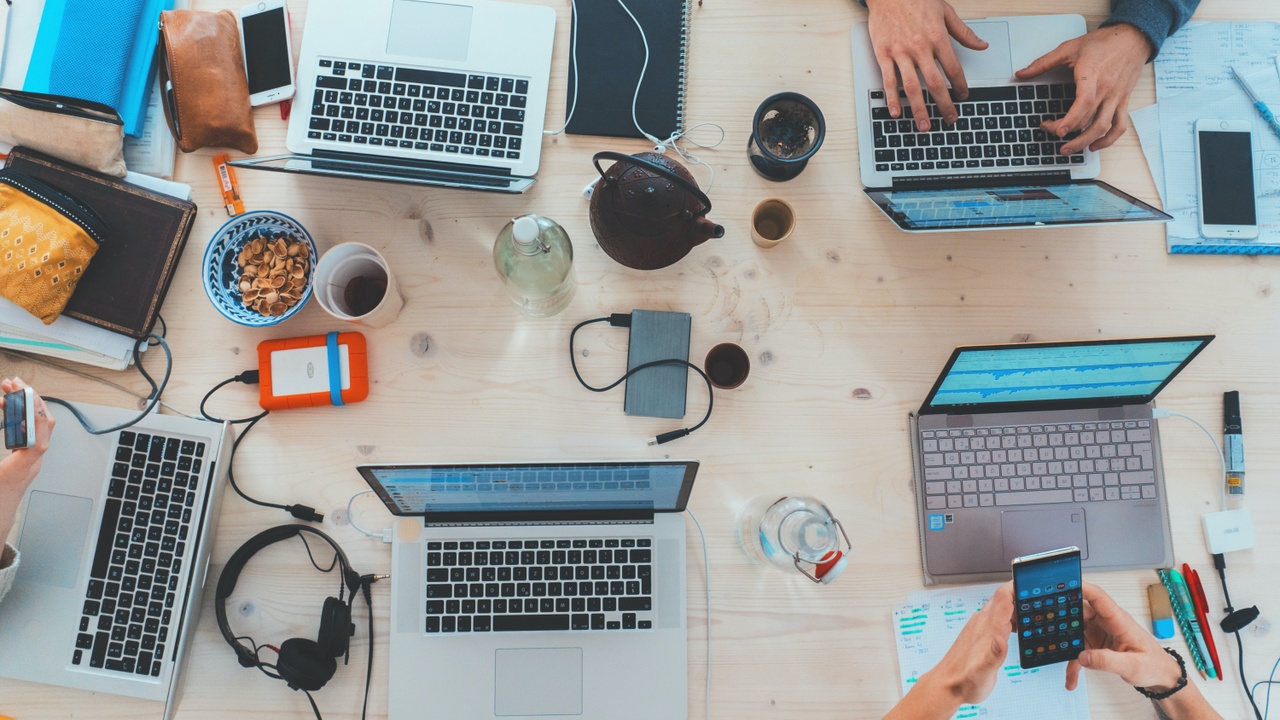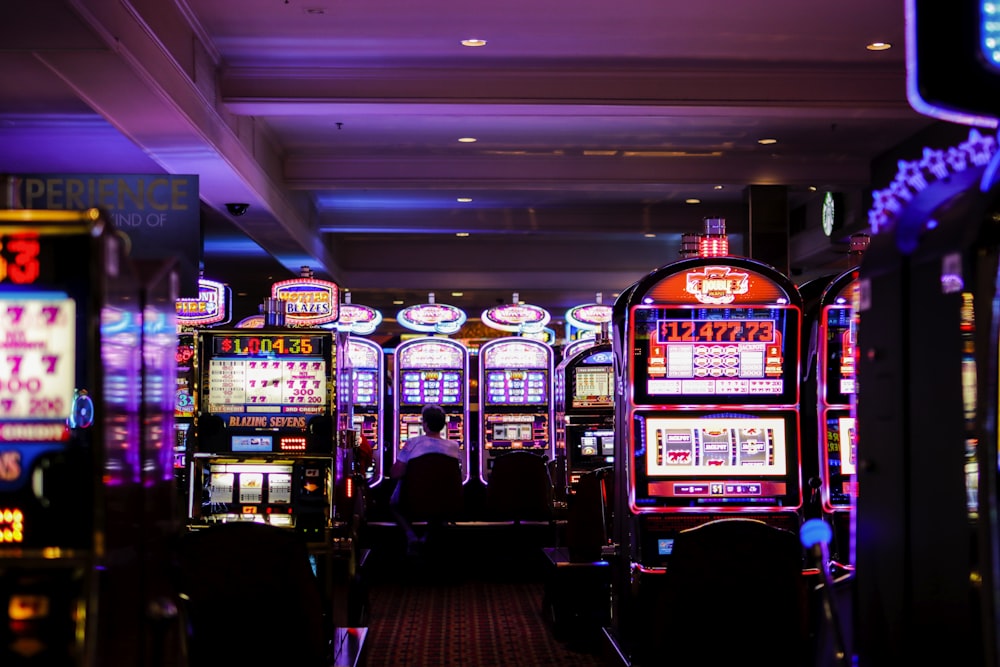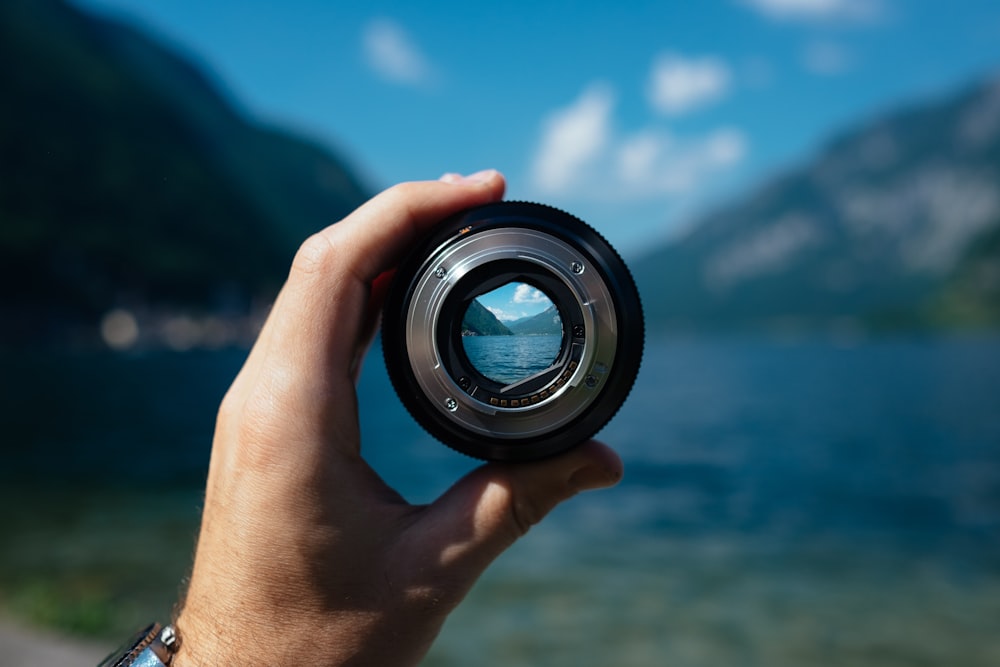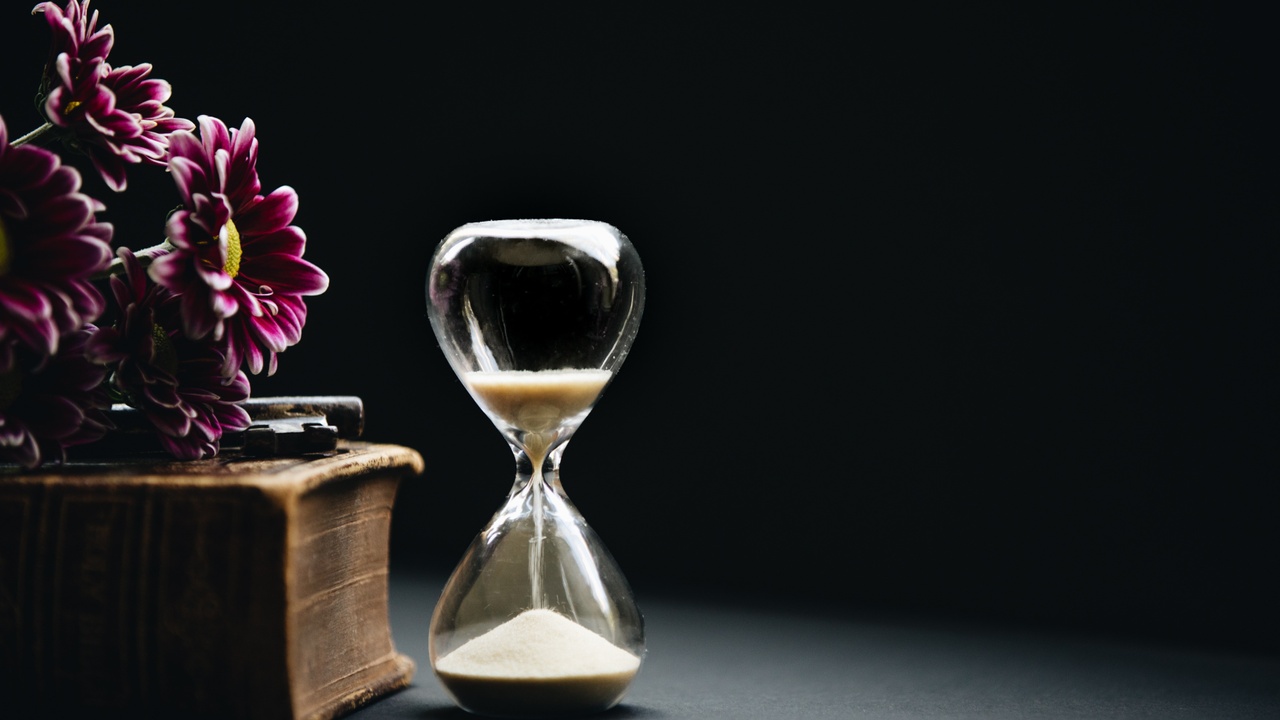
Join us for a group digital detox! Details here.
I’ve been hiding a secret. My first six months of entrepreneurship were stolen by my addiction to my digital devices.
About eight months ago, we moved to Japan for my husband’s job and I traded dentistry for entrepreneurship. What I thought would be an easy transition into a lifestyle where I had full autonomy over my unlimited time, quickly turned into the resurfacing of old wounds.
As I wrote in this reflection, early entrepreneurship is a rollercoaster filled with breakdowns and breakthroughs on achievement vs self-worth, income vs identity, and staying busy vs creating meaningful impact.
I spent my newfound freedom in the messy and uncomfortable depths of self-growth, often turning to my phone to detach, distract, and avoid the growing pains of healing and the hard work of creating a business.
My already precarious relationship with my phone was exacerbated and I found myself unable to focus for more than a few minutes at a time. Anytime I was just starting to make progress, I'd feel a compulsive urge to check my phone or open a new tab, only to look up 45 minutes later wondering where the time had gone. I’d fallen back into harmful habits like reaching for my phone first thing in the morning, filling every free moment with screen time, and even taking my phone to the bathroom with me.
Do you tend to get lost in scrolling and spend more time on your phone than you intended? Is your phone the first thing you reach for in the morning and the last thing you touch before bed? Do you feel an impulsive itch to check your phone repeatedly? Do you check your phone while doing everyday tasks like eating lunch, waiting for an elevator, or walking the dog? Have you ever spent a few extra minutes in your car after a long day of work, scrolling on your phone before walking into your home? Do you feel that your phone is harming your ability to focus and putting strain on your relationships?
You’re not alone. The average person spends more than four hours a day on their phone, nearly a quarter of our waking lives. Smartphones and social media apps have been designed to be addictive. Excessive smartphone usage contributes to chronic stress, decreased happiness and emotional stability, decreased focus and attention, reduced productivity and creativity, and greater strain on relationships.
Since I got my first smartphone in 2011, I’ve justified my use by its usefulness; staying in touch with friends, learning about the world, building new habits, and now creating a virtual business. My wake-up call was in 2020 when I received my first screen report of 8+ hours. I began to ask myself, would I rather create a disappearing timeline or a meaningful body of work? Would I rather lose time looking at the lives of people I don’t know, or invest my energy into deep friendships?
For the last few years, I’ve been working to reduce my screen time. I tried all the best hacks; turning off notifications, rearranging my home screen, enabling time limits, logging out of apps, blocking apps, deleting apps, keeping my phone in a kitchen drawer as I worked, charging my phone in a different room, replacing my phone time with healthier habits, etc. These tactics worked for a day or sometimes a week, but the pull of my phone was too strong. I’d feel agitated, anxious, or irritable and just ignore the time limits, obsessively check different apps, or bypass my limit through a web browser. Each attempt left me feeling more out of control than before. I was frustrated and embarrassed with the lack of autonomy I felt over my phone, even after repeated attempts to make changes. I wondered, why could I be disciplined in other areas of my life but not with my phone?
My ability to focus was destroyed and my business goals were left in the wreckage. If I wanted to truly embody my values and create a meaningful impact in the world, I had to face my phone addiction. I was stuck and I knew I needed more than just tips and tricks to create lasting change.
I read everything I could get my hands on related to smartphone addiction, digital minimalism, and productivity:
- Deep Work: Rules for Focused Success in a Distracted World by Cal Newport
- Bored and Brilliant: How Spacing Out Can Unlock Your Most Productive and Creative Self by Manoush Zomorodi
- Digital Minimalism: Choosing a Focused Life in a Noisy World by Cal Newport
- Indistractable: How to Control Your Attention and Choose Your Life by Nir Eyal
- How to Break Up with Your Phone: The 30-Day Plan to Take Back Your Life by Catherine Price
- See the resources at the bottom of this post to see additional research papers and studies
I came to find that understanding how and why I was addicted to my phone was the foundation on which I could build lasting change. I learned about the science of addiction. I learned to identify and face the discomfort I was avoiding when I reached for my phone. I rediscovered solitude, boredom, and phone-free hobbies. I aligned my digital behaviors to my personal values, learning how to make my phone a tool instead of a temptation. I experienced increased focus, attention, productivity, and creativity. I was happier, more fulfilled, and emotionally stable, and my relationships improved. I slept better, had more energy, and was notably less stressed. Building a lifestyle of digital minimalism as opposed to just hacking back my screen time has allowed me to overcome the inevitable stumbles.
If you’re ready to conquer your digital distractions and reclaim your time, energy, and attention, read on!
What is the role of dopamine in the digital world?
Our brain produces dopamine, a neurotransmitter that brings on feelings of pleasure and motivation. Dopamine is released when we engage in pleasure-producing behavior such as eating, socializing, and sex. We are motivated to repeat behaviors that cause dopamine release, reinforcing these behaviors. Over time, our bodies adjust, and we need more to feel the same pleasure boost. This is called hedonic adaptation, and this is evolution’s way of keeping us motivated. Eventually, our tolerance increases, and we may no longer feel pleasure from these behaviors. Instead, we feel pain in their absence and we are dependent on repeating these behaviors just to feel normal. This is called a dopamine deficit state, and this cycle can lead us to depression, anxiety, irritability, and insomnia. Dopamine motivates us to repeat behaviors.
An article in Harvard’s Science in the News writes, “Cognitive neuroscientists have shown that rewarding social stimuli—laughing faces, positive recognition by our peers, messages from loved ones—activate dopaminergic reward pathways. Smartphones have provided us with a virtually unlimited supply of social stimuli, both positive and negative. Every notification, whether it’s a text message, a “like” on Instagram, or a Facebook notification, has the potential to be a positive social stimulus and dopamine influx.” Humans have a dopamine-driven desire for social validation.
Another feature of our dopamine neurons is reward prediction errors, which are the differences between received and predicted rewards. This is what makes engaging in activities with variable outcomes so pleasurable; our dopamine neurons increase in activity in anticipation. The anticipation of potential reward makes playing games so fun, but we must sometimes win for the behavior to remain motivating. The reward must be variable for our brains to stay engaged; this is a dopamine-driven learning strategy called variable reward schedules. For decades, casinos have been using variable reward schedules to keep people playing. More recently, our smartphones have used variable reward schedules in the form of notifications. Reward prediction errors and variable reward schedules are being used against us. The intermittent reinforcement through unexpected rewards keeps us clicking.
Our smartphones and social media apps have been designed to take advantage of our dopamine-driven desire for social validation and variable rewards schedules to create habitual, addictive use. Social media 'likes’ are perceived as a motivating reward, and notifications deliver these rewards on a variable schedule. The intermittent social reward from social media notifications is literally changing our brain chemistry to keep clicking.
We live in an age where your attention is a commodity. Social media apps are free because your attention is the product. Companies pay $600 billion per year to capture your attention to change your behavior to get you to use their products or buy their stuff. Every aspect of our digital lives is designed to be incredibly addicting. Smartphones, tech companies, and social media platforms leverage the same dopamine pathways used by slot machines and addictive drugs to keep us using their products as much as possible.
What is the cost of digital addiction?
"A wealth of information creates a poverty of attention.” - Herbert A. Simon
“Fast thought can make for slow growth.” -Unknown
Adults in the US have been shown to spend a daily average of 2-4 hours on their devices and unlock their phones 100-150 times a day. Studies are beginning to show links between smartphone usage and increased levels of anxiety and depression, poor sleep quality, and increased risk of car injury or death.
Digital addiction is expensive! It will cost you your attention, time, productivity, relationships, energy, happiness, and potential.
Attention, Productivity, and Fulfillment
Digital addiction decreases productivity and the ability to do deep work.
Multitasking is a myth; one study found that just 2.5% of people can multitask effectively. When we think we are multitasking, we are actually doing individual actions in rapid succession or task-switching (aka context switching). Task-switching also happens when distractions keep us shifting from one task to another. Every time we shift our attention from one thing to another, the brain has to engage a neurochemical switch that uses up nutrients in the brain to accomplish that; this is called attention residue. Research shows that we lose about 20% of our cognitive capacity to task-switching and that it takes about 25 minutes to refocus our attention. We are wired to be monotaskers, focusing on one task at a time without distraction. Multitasking, or rapidly shifting from one thing to the next, depletes neural resources and negatively impacts our short-term memory, leads to increased anxiety, inhibits creative thinking, inhibits a flow state, and causes more mistakes and less productivity.
Monotasking reduces this attention residue and increases attention and cognitive capacity. This increases our ability to reach deep work and flow states. Flow state is when you become fully immersed in whatever you are doing, characterized by an intense focus on the present moment, a loss of self-consciousness, feeling a sense of control, and losing track of time. Spending more time in the flow channel, where our skills meet our challenges, increases performance, motivation, fulfillment, enjoyment, and growth. When we are in flow, we are happier and more productive. Flow requires focus and attention, which multitasking and digital addiction prevents. We can’t do our best work if we are constantly plugged in.
Energy
Digital addiction makes us tired by impacting our sleep. The best way to boost energy is to get quality sleep. The number one way to improve sleep is to reduce technology one hour before bed. The blue light exposure at night suppresses the release of melatonin. Checking your phone at night also stimulates the brain, making us more active and awake. Even just a quick check can engage your brain and delay sleep. When we stay on our phones at night, we prevent our brains and bodies from preparing for sleep, causing poor quality sleep and depleted energy. Life is more complex and less enjoyable when we are tired.
Relationships
Excessive smartphone usage causes significant strain and dissatisfaction in our relationships. Research shows that one of the most significant predictors of the quality of our relationships is whether or not we notice and respond to others’ “bids” for our attention. The greater the smartphone usage, the more likely we are not to notice, turn away, or negatively respond to these bids and opportunities for connection, thus diminishing our relationships. A phone’s presence, even silenced or turn downward, is scientifically proven to lessen the quality of our interactions.
A Case for Boredom, Solitude, & Daydreaming
“Creativity is the residue of time wasted.” - Albert Einstein
Digital addiction robs us of our boredom and solitude. Boredom is the uncomfortable, impatient feeling we experience when we are unoccupied. Solitude is the open time alone when we are free of external stimulation or inputs from other minds (note: can be experienced while in the presence of others).
I liken solitude to a more mature version of boredom. We often try to escape boredom because it feels uncomfortable. As we befriend our boredom, embrace the blank space, and build our capacity for solitude, we realize that some of our best ideas are born from boredom. Boredom is the messy, uncomfortable, confusing place that we must spend time in before a breakthrough. The less input of information we have from the outside world, the more integration and deep thinking we can do. Once we realize that boredom is an incubator for brilliance, we are able to celebrate solitude.
The attention economy we live in has created a constantly-occupied, solitude-deprived society. Ten years ago, boredom and solitude were unavoidable. We experienced solitude when waiting in line, commuting, eating meals, doing yard work, exercising, etc. This all changed with smartphones, where now we can banish boredom at our fingertips at any time of the day. Smartphones cause solitude deprivation, defined by Cal Newport as “a state in which you spend close to zero time alone with your thoughts and free from input from other minds.”
Solitude gives us the ability to provide our brain a break, allowing us to have insight and make professional progress. When we are bored and allow ourselves to experience solitude without stimulus, our brain engages in the default mode network (DMN). When our body is at rest or while we appear to be idle, our brain is at its busiest, engaging in the default mode network which can be thought of as the imagination network or mind-wandering; this is when we connect disparate ideas, solve our most challenging problems, clarify our identities, self-reflect, create personal goals, and outline the path necessary to achieve these goals. Solitude has the power to give clarity, creativity, emotional balance, and the moral courage to follow that clarity.
It’s important to note that not all mind wandering is created equal. In a Harvard study titled, “A Wandering Mind Is an Unhappy Mind,” Killingsworth and Gilbert demonstrate the relationship between mood and mind-wandering. Mind-wandering is not only a consequence of unhappiness, but it is also a cause of unhappiness. Dysphoric mind-wandering and negative rumination lead us to be less happy. Negative thoughts bring about negative moods and vice versa.
On the other hand, imaginative, constructive mind-wandering has very positive effects, as discussed in detail above. It supports our internal drive to explore ideas and feelings, make plans, and problem solve. Boredom and solitude are the gateways to constructive mind-wandering, creativity, and personal growth. The erosion of boredom is due to our digital devices. We need solitude to thrive as humans and our smartphones erase this crucial ingredient from our lives.
So how can we reclaim those cracks in our day that built-in boredom and gave us space for solitude? More on that to come.
Are your devices contributing to your burnout?
Burnout is a result of chronic, unmanaged stress. As discussed above, digital addiction reduces our ability to focus, inhibits quality sleep, causes strain in our relationships, and deprives us of the solitude necessary to cognitively self-regulate and flourish, increasing stress and preventing us from successfully managing stress.
I hypothesize that for some people, excessive smartphone usage creates a constant, low-grade level of stress. Especially when the phone usage has a negative focus, such as stressful work communications or “doom-scrolling” (mindlessly scrolling through negative news articles or social media posts). Although these stressors are digital, they are perceived by the nervous system as stress. This activates our sympathetic “fight or flight” stress response, which triggers a cascade of physiological and psychological responses. Consistent up-regulation of our nervous system decreases resilience and primes our systems for burnout.
In the analogy of the stress bucket, daily stressors fill the bucket and positive coping strategies are the tap that empties the bucket. When our stressors outpace our capacity to manage the stress, the stress bucket overflows, and we can experience burnout. Stressors can range from work demands to relationship issues. Positive coping strategies to manage stress range from regular exercise to mindfulness. We might also have unhelpful or harmful coping strategies that plug the tap and cause our stress buckets to fill more quickly, such as overconsumption of social media, food, or alcohol. Without even realizing it, the addiction to our phones can act as a stressor and as an unhelpful coping strategy, amplifying the stress cycle.
How can we overcome digital addiction?
Let’s do a quick recap of what we have discussed thus far. Our smartphones are, by design, addictive attention-suckers. Increased device usage reduces our productivity and attention, inhibits quality sleep and drains our energy, causes strain in our relationships, deprives us of the solitude necessary to cognitively self-regulate, increases stress and anxiety, and can contribute to burnout. When we excessively and uncontrollably use our technology, we are less happy and fulfilled, and we cannot flourish.
As I explained in the beginning, I tried all the best hacks to reduce my screen time and gain back control. These tips and tricks would only work for a few days or weeks, but I’d feel agitated, anxious, or irritable and just ignore the time limits, obsessively check different apps, or bypass my limit through a web browser.
My brain had been pickled. As one of my coaches put it, once the cucumber is pickled, it can never go back to a cucumber. Once the egg is scrambled, you can’t unscramble it. Pick whatever analogy makes it easiest to accept the fact that people like me will never be able to engage with our technology in the same way. I had to learn through my own trial and error that a strict digital detox doesn’t protect me from relapsing into old habits. I needed more than screen time hacks and digital detoxes. I needed to adopt a lifestyle that supported my newfound digital philosophy.
I think back to my relationship with my health, namely dieting and fitness. Growing up, I was a sucker for the ab machine infomercials and targeted fat-blasting workouts. Most of my nutrition and fitness knowledge was gleaned from the magazines lining Barnes and Noble. “If you’re hungry, you’re probably dehydrated.” “To eat less, put your fork down between bites and chew your food 32 times.” No matter what type of tips and tricks I tried, my body more-or-less stayed the same. I spent an incredible amount of brain space constantly thinking about my body, when my next meal was, and how to “work off” what I had just eaten. Then I read ‘The Omnivore’s Dilemma’ by Michael Pollan, spent a summer organic farming, discovered the slow food and sustainable food movement, went to yoga teacher training, learned about nutrition and fitness from the basics to the complex, and discovered the foods and movements that made my body feel at it’s best. I went from trying to be skinny to wanting to be healthy and strong. I had unwittingly developed my own health philosophy and since then, eating healthful foods and moving my body comes naturally, without much thought or worry. Naturally, a few times a year, I am inspired to refocus my nutrition and movement on these core values I’ve developed. Slowly over time, my lifestyle morphed in ways to comfortably fit my philosophy. Maintaining my physical health has become effortless.
Now I see this experience with building my health philosophy as a mirroring path to my journey with digital addiction. I’m realizing now that I’ve spent the last decade bingeing on digital “junk food,” attempting to change deep-rooted habits with simple hacks. Now that I can step back and see the full picture, I realize I’m in the phase of deepening my knowledge and experimenting with which methodologies work best for me. Soon enough I will develop my own digital philosophy, and I hope in a few years, practicing mindful tech will be effortlessly ingrained in my lifestyle.
So how can I adopt this new philosophy about tech into my current life? Or rather, how can I build my life in alignment with a philosophy of digital minimalism?
What is digital minimalism?
In his book 'Digital Minimalism,’ Cal Newport describes it as “a philosophy of technology use in which you focus your online time on a small number of carefully selected and optimized activities that strongly support things you value, and then happily miss out on everything else.”
Digital minimalism is how to transform your digital life from something that distracts you into something that supports true meaning and satisfaction. It’s a philosophy that leads to greater success because we adopt a new identity and lifestyle instead of making superficial changes based on quick tips and tricks.
Taking Action
Based on several books and my own experiences, I’ve adapted my method of digital minimalism, and this is what has worked for me:
- Digital Audit: Evaluate current digital habits and reasons I reach for tech
- Self-Reflect: Evaluate core values, clarify what a life well-lived looks like
- Digital Declutter: Implement tools to minimize tech usage
- Rediscover Tech-Free Time
- Digital Detox: Reset reward pathways
- Lifestyle Design: Reintroduction of tech and long-term success
Digital Audit: Evaluate current digital habits and reasons you reach for tech
- Check your phone’s latest screen time report and spend time exploring the different sections. We must understand our behavior before changing it; awareness is critical.
- What is your average daily screen time?
- What time of day is the bulk of your usage?
- Which apps do you spend the most time on?
- How many ‘pick-ups’ do you have?
- For an entire day, notice when and why you are using your phone.
- Take an index card or sticky note and rubber band it to the front of your phone.
- Document each time you reach for your phone by keeping a tally on the notecard.
- Take note (mentally or in a notebook) of when and why you reach for your phone.
- Audit your results. Take note of what is coming up for you each time you reach for your phone.
- Are you bored? Are you avoiding something?
- Do you tend to get lost on your phone to procrastinate a hard task?
- When you check your phone for one thing, do you easily get sucked into other things?
- What feelings are you avoiding by checking your phone?
- What makes using your phone feel so addicting?
- What is excessive screen time costing you?
- decreased focus, attention, productivity, creativity, fulfillment, resilience, and emotional stability?
- increased stress, unhappiness, or strain on relationships?
- Remember to avoid judgment and give yourself plenty of self-compassion.
- Apply this to any other forms of tech from iPads to computers.
Self-Reflect: Evaluate core values, clarify what a life well-lived looks like
- Start by identifying what matters most to you
- What are your deeply held values?
- What do you want to spend your time doing in a life well-lived?
- Would you rather create a disappearing timeline or a meaningful body of work?
- What is the benefit of greater screen time agency?
- Increased focus, attention, productivity, creativity, happiness, fulfillment, resilience, and emotional stability? Healthier relationships?
- Define the best way to use technology to support value
- Be very intentional and selective about which tech you chose to keep and set boundaries… “Marie Kondo” your tech
- Clearly define what tech you use, why you want to use it, and how/when you use it
- (i.e., don’t watch Netflix alone, only browse Instagram on your desktop for an hour every Sunday)
Digital Declutter: Implement tools to minimize tech usage
- Delete any apps on your phone that are not aligned with your values
- Optimize your environment to prevent falling down the engineered rabbit-tech hole
- Create intentional friction: Keep phone out of sight during non-designated times
- Manage notifications: Turn off all notifications, and change settings to allow urgent messages to come through
- Utilize digital tools like social media blocking tools, and screen time limits
- Time-block & mono-task to reduce the attention reside that comes from context switching
- Batch texts, emails, social media time, etc., and set specific times of the day where you go through each one, then don’t check again until your next time-block
- Work in 90-minute cycles, with 20-minute breaks in-between
- Recognize that rest IS productive, but it must be true, restorative rest with no external inputs (NOT scrolling or checking email) Optimize your environment to prevent falling down the engineered rabbit-tech hole
- Create a distraction list: When you feel the pull to switch tasks during a time block, dump the distraction onto a sticky note and come back to it later
- Connect with family and friends differently (not necessarily less)
- When you see something you’d typically like or comment on, reach out offline and extend an invitation for a real-time connection
- Schedule real-time connections during certain time blocks (during your commute on M/W/F, on Sunday afternoons, etc). Let family and friends know when you are available
- Use social media as a cue for real-time connection
- Embrace slow media: consider starting a blog instead of posting Instagram stories
Reclaim Tech-Free Time: Rediscover boredom, solitude, leisure, hobbies and fun
- After years of easing boredom, avoiding discomfort, and procrastinating difficult tasks with our technology, you may have forgotten what tech-free time feels like. Once you “break up” with your tech, you will have more free time and if you don’t prepare, you’ll end up right back on your phone. To avoid this we want to prioritize active rest and fun by rediscovering leisure and hobbies.
- Engage in hobbies just for pure enjoyment; consider art, sports, music, reading etc.
- Reengage leisure by using your hands; building or fixing things, crafting, solving puzzles, etc.
- Join clubs, groups, studios, teams, etc. related to your hobbies
- Uses technology wisely to help engage in more meaningful forms of active leisure, for example using apps to practice meditation or learn an instrument
- Reclaim micro-moments of phone-free boredom when in motion: eat lunch, take a walk, use the restroom, drive in silence, wait in line… all without using your phone
- Introduce 20-minute rest breaks in-between 90-minute work sessions (see time blocking above). Consider phone-free rest breaks like practicing yoga nidra, cooking or eating a meal, walking or running on a familiar, quiet route
- Rediscover solitude: Intentionally spend time alone without any inputs. You may physically be around others, but mentally, there are no external inputs such as listening to a podcast or reading a book.
- Enjoy a food or beverage by yourself, Take walks, journal or blog, spend time in nature, and leave your phone at home
- Notice when you are bored and recognize that this is your attention talking to you and saying it's uncomfortable with the thoughts or emotions surfacing. Boredom is the uncomfortable place that we must spend time in before a breakthrough, and boredom can indicate you are on the cusp of a great idea. Remember, boredom is an incubator for brilliance. As we build our capacity for boredom, we will more comfortably embrace and celebrate solitude.
Digital Detox: Reset reward pathways
- Now that we have set the stage by understanding the what, why, when, and how of our digital tendencies, completed a digital declutter, and reconnected with boredom, solitude, and leisure, we are ready for a successful detox. Oftentimes, when we attempt to go cold turkey without any preparation, we are setting ourselves up for failure. Do not attempt this step without completing the steps above! A strict fast or detox can be painful without preparation. Even with the proper preparation, some people report that they often feel worse before they feel better as they move past the discomfort of not having the diversions.
- In this phase, we are resetting our reward pathways. A strict fast (deleting of optional tech), is more effective in eliminating addictive behavior, and we will have more success when re-introducing it in moderation. Each person’s level of digital attachment, ability to detach, and individual brain chemistry will vary and thus the length of the digital detox will vary anywhere from three weeks to three months. The most common time frame is a 30-day detox, but many medical professionals suggest ninety days as a general estimate for dopamine recovery.
- Digital Detox: Take a break from all optional technologies in your life
- Survey the role of digital technology in your personal and professional life
- What is optional? Which ones can you take a break from?
- Anything that is still necessary creates a system to time block and manage notifications.
- Anything optional must be deleted! Wipe the slate clean.
- Inform immediate family, co-workers, etc. that you are changing phone habits
- Let VIP know you will only read and respond to emails and messages between certain times. Let them know that you will still receive phone calls for urgent matters.
- If your work requires constant contact, work with your superiors and set up an email and text auto-responder
- Change your phone settings to turn all notifications off, allowing only urgent VIP texts and phone calls to go through.
- If it feels necessary, post on your social channels that you are taking a digital sabbatical
- Survey the role of digital technology in your personal and professional life
Lifestyle Design: Reintroduction of tech and long-term success
- This is the part I am still figuring out! When reintroducing tech back into your life, you will be starting from scratch. This allows you to align your newfound beliefs and values about technology with your actions, habits, and the people you surround yourself with. Revisit the values you self-reflected on and create a stringent threshold for adding things back into your life. Only add back the things that strongly serve a value and create specific rules for how and when you use them.
- For long-term change, radical honesty and community are key. Create ways to hold yourself accountable and be honest about digital use. Radical honesty with others promotes intimacy, which is a precious and potent source of dopamine. Hiding or lying about slip-ups or back-slides fosters shame and we will repeat our mistakes. Radical honesty also allows us to admit, accept, and correct our mistakes.
- Connecting with a community and surrounding yourself with people who have similar values and philosophies is important in long-term lifestyle change. When completing the detox you may notice things about the people around you that you didn’t notice before such as unhelpful, unpleasant, or harmful phone habits. Remember, people mirror the behavior they see. And just like with making healthy food choices, you can influence positive phone choices in your circle of friends. In the relationships that challenge your choices, let's say they mock your request for a phone-free meal or reject invitations to connect in real-time- you may consider letting go of that friendship. Instead, invest that energy in cultivating friendships that support this lifestyle change.
- Know that relapses are going to happen. Just like with any lifestyle change, our neatly practiced boundaries can become messy and we can get off track. Know that this process of overcoming digital addiction is not a one-time process. Safeguard yourself from this by regularly scheduling times throughout the year to do a reset, similar to your annual “spring cleaning.”
In Summary
Our devices and apps have been engineered to be addictive. Our devices fragment our attention and productivity. Filling every moment of boredom with our devices has serious negative consequences. Boredom can lead to brilliance. Focus is a superpower. Digital addiction hijacks our ability to work towards long-term goals and build a life that is worth living.
Anytime you check your phone, ask yourself- am I using this to connect, grow, or escape? If you’re using your phone to escape, avoid, or distract yourself from doing the hard work that comes with deeper thinking, take a tech-free break. Make a cup of tea, stare out the window, take a phone-free walk and remember that you are being your most productive and creative self by doing nothing. It might feel weird and uncomfortable at first, but boredom truly can lead to brilliance. We have the agency to liberate ourselves from the tether of digital dependency and live more intentionally.
Resources
- Digital Minimalism: Choosing a Focused Life in a Noisy World by Cal Newport
- Deep Work: Rules for Focused Success in a Distracted World by Cal Newport
- Indistractable: How to Control Your Attention and Choose Your Life by Nir Eyal
- Bored and Brilliant: How Spacing Out Can Unlock Your Most Productive and Creative Self by Manoush Zomorodi
- How to Break Up with Your Phone: The 30-Day Plan to Take Back Your Life by Catherine Price
- Dopamine, Smartphones & You: A battle for your time
- Smart Phone Addiction creates imbalance in the brain
- Academic Burnout and Problematic Smartphone Use During the COVID-19 Pandemic: The Effects of Anxiety and Resilience, Hao et al.
Photo by Marvin Meyer on Unsplash














